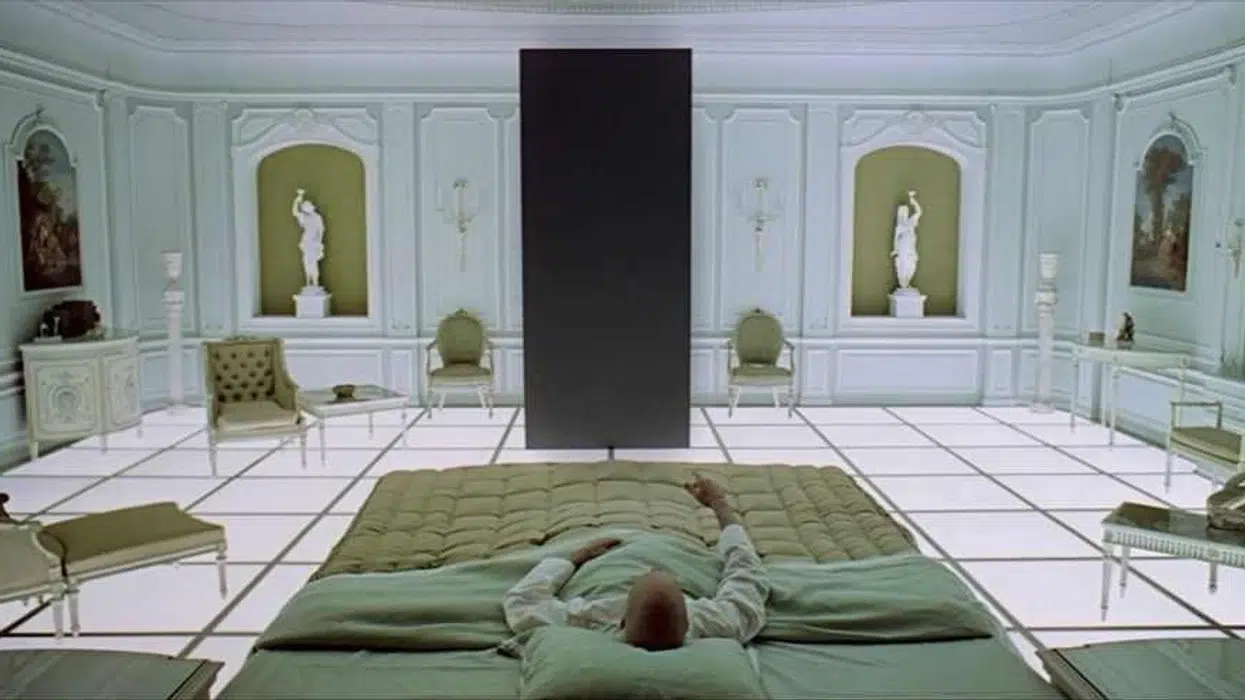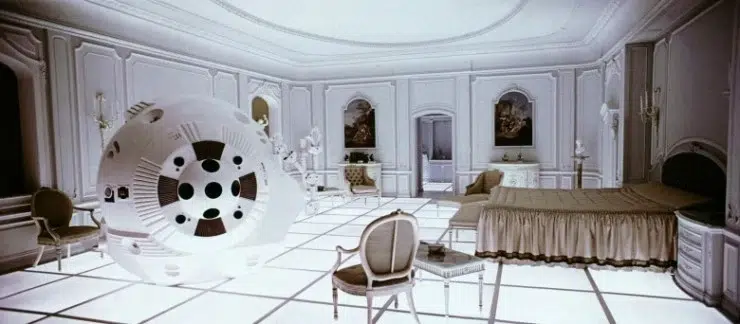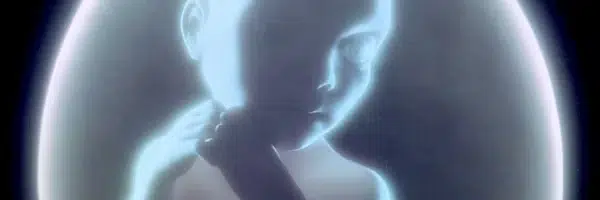Stanley Kubrick Explains the Ending of ‘2001: A Space Odyssey’ In Unreleased Documentary

Image Credit: Metro-Goldwyn-Mayer
Stanley Kubrick wanted the meaning of 2001: A Space Odyssey to be ambiguous, left open to interpretation by the audience.
He told Playboy magazine in 1968, “You’re free to speculate as you wish about the philosophical and allegorical meaning of the film—and such speculation is one indication that it has succeeded in gripping the audience at a deeper level—but I don’t want to spell out a verbal map in 2001 that every viewer will feel obligated to pursue.”
Indeed, books, articles, academic research, podcasts, and even documentaries have offered explanations for the meaning behind Kubrick’s seminal work—including the ending. 2001: A Space Odyssey is one of those films that seems layered with meaning when seen through the lens of psychologists, scientists, film theorists, occultists, and even the average moviegoer.
Despite the continued speculation, which, let’s face it, is part of the enduring appeal of 2001, Kubrick did break his silence and explain the meaning of the film’s ending to filmmaker Jun’ichi Yao for an unreleased documentary made in 1980.
YouTuber internet champ has uploaded a forgotten clip from the documentary, which includes a telephone conversation with Kubrick detailing his intentions behind 2001’s ending.
In the clip, Jun’ichi Yao asks Kubrick: “People are wondering, what is the meaning of the last scene… could you give us answers?”
Specifically Yao is referring to the scene in which astronaut Dave Bowman lies in bed, just minutes before the scene cuts to the Star Child as it heads toward Earth.
Kubrick answers:
“I tried to avoid doing this ever since the picture came out because when you just say the ideas they sound foolish, whereas if they’re dramatized one feels it.
The idea was supposed to be that he is taken in by god-like entities, creatures of pure energy and intelligence with no shape or form and they put him in what I suppose you could describe as a human zoo to study him, and his whole life passes from that point on in that room and he has no sense of time, it just seems to happen as it does in the film.”
Kubrick explains that the set design—an inaccurate replica of French interior design—is to show that these “god-like entities” think Bowman would find “pretty” and comforting; like a diorama for animals in an enclosure.
Kubrick finishes by explaining the meaning behind Bowman’s transformation into the Star Child”:
“When they get finished with him, as happens in so many myths of all cultures in the world, he is transformed into some kind of superbeing and sent back to Earth. You know, transformed and made into some sort of superman and we have to guess what happens when he goes back.
It is the pattern of a great deal of mythology, that was what we were trying to suggest.”

Image Credit: Metro-Goldwyn-Mayer
Kubrick’s explanation doesn’t negate anyone’s own interpretations of 2001: A Space Odyssey or its ending. Nor does it contradict with the director wanting people to devise their own meanings from his work.
All filmmakers have an intention when creating a film. Kubrick’s uses sight and sound in the most primal and vaguest way to make the experience as subjective as possible, including personal interpretations.


